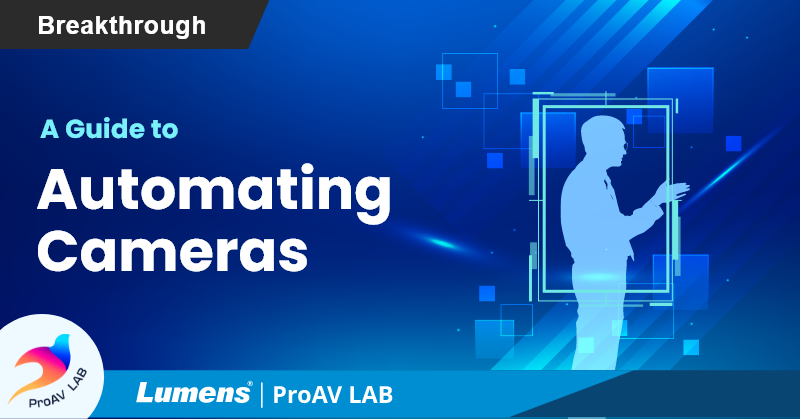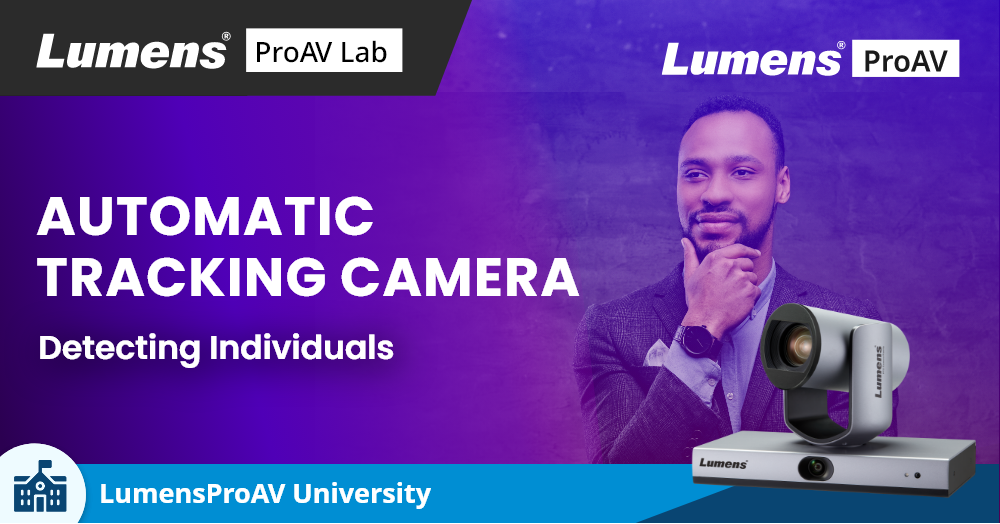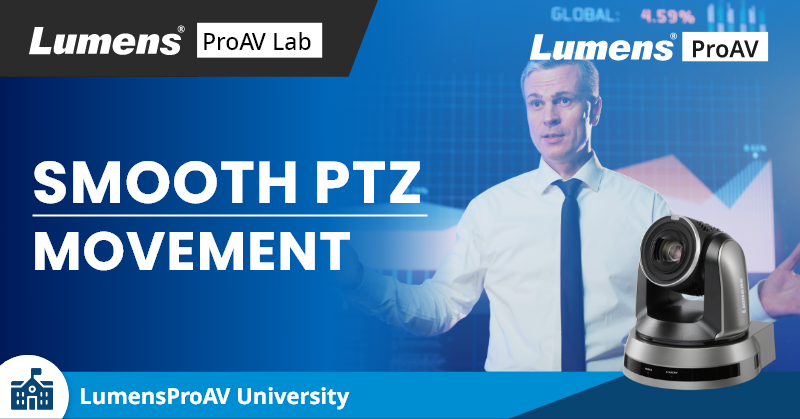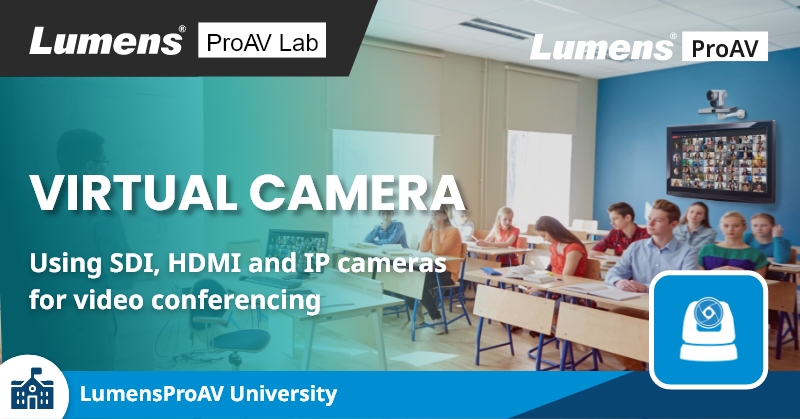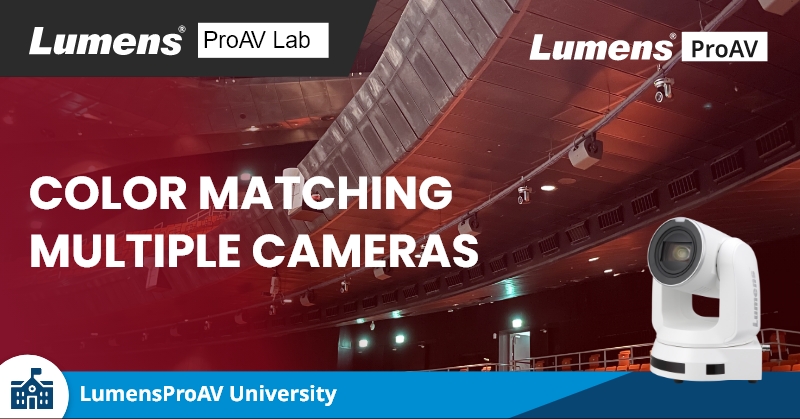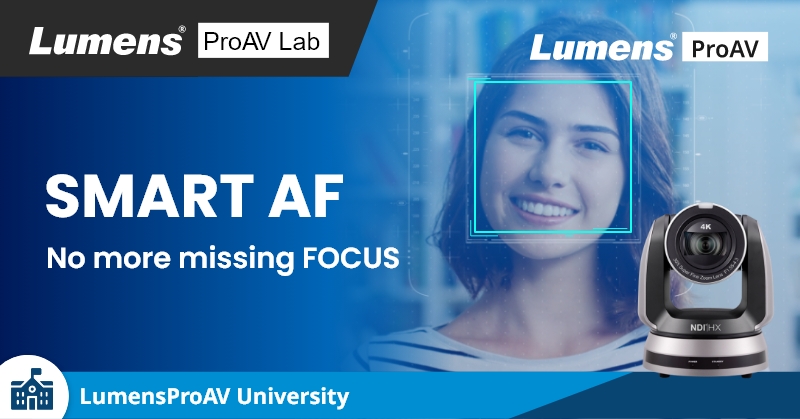August 11, 2023
【Breakthrough】A Guide to Automating Cameras
IntroductionA PTZ camera is an amazing piece of technology which can move to follow the action, whether that's in a concert hall, lecture room, conference space, worship service, TV studio or meeting room. The PTZ revolutionized video production: a single person could now control many PTZs – a huge saving in time, resources, and cost.
Learn MoreAugust 18, 2022
【ProAV Lab】First Among Equals: New Features for the LC200
Breakthrough Media Processor LC200The Lumens LC200 was the first of the CaptureVision series. With 4 channels of AV switching, source mixing, video capture and streaming, plus fast integration with LMS platforms, it has quickly become a hit with universities, public sector organizations and corporate companies.
Learn MoreAugust 17, 2022
【ProAV Lab】Breakthrough - Automatic Tracking Camera: Detecting Individuals
Breakthrough Detecting Individuals Auto TrackingThe key to automatic tracking is subject identification. The person must be clearly identified against any background in order to track flawlessly.
Learn MoreAugust 04, 2022
【ProAV Lab】Breakthrough - Smooth PTZ Movement
Breakthrough PTZ CameraWith Lumens cameras, the head is designed to move smoothly and at variable speeds in each direction, and to work in tandem with the zoom lens to deliver lifelike results.
Learn MoreMay 24, 2022
【ProAV Lab】How to Choose a Dual-Lens or Single-Lens Tracking Camera?
Breakthrough Auto Tracking CameraLumens manufactures two kinds of auto-tracking PTZ cameras: dual-lens and single-lens cameras. What's the difference and how do you select the right model for your needs?
Learn MoreMay 23, 2022
【ProAV Lab】Breakthrough - Virtual Camera - Using SDI, HDMI, and IP cameras for video conferencing
Virtual CameraUSB cameras are often the first choice for video conferencing. Simply connect USB to your computer launch Zoom, Google Meet or Microsoft Teams, and the meeting can begin. But it’s not just USB cameras that can be used for conferencing. In fact, sometimes, the alternatives may be the better solution.
Learn MoreMay 16, 2022
【ProAV Lab】Breakthrough - Color matching multiple cameras
Breakthrough Color MatchingIt is standard practice to use multiple cameras to switch between different angles. This is true in all kinds of environments from studio and conference production, to sports and music programming.
Learn MoreMay 13, 2022
【ProAV Lab】Breakthrough - Smart AE - Making Camera Auto-Exposure work for you, even in changing lighting conditions
Breakthrough Smart AE Auto-ExposureStages are lit for dramatic effect, not to make life easy for the camera. They are designed primarily to enhance performance and elicit an emotional response from the audience.
Learn MoreApril 08, 2022
【ProAV Lab】Breakthrough - Smart AF -No more missing focus!
Breakthrough Smart AFDeveloped by Lumens ProAV Lab, the Smart AF function intelligently identifies facial characteristics, such as eyes, nose, and mouth. The system has been trained on a database of millions of human faces using AI deep learning algorithms.
Learn More